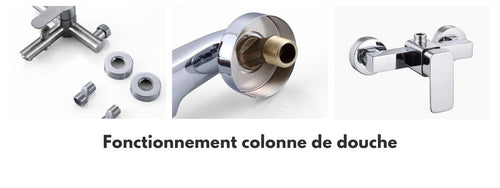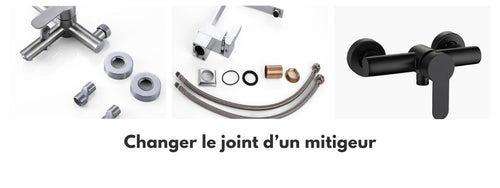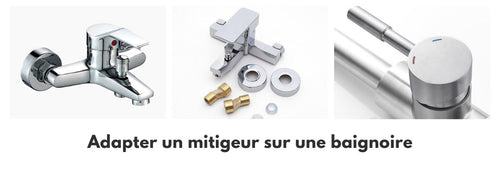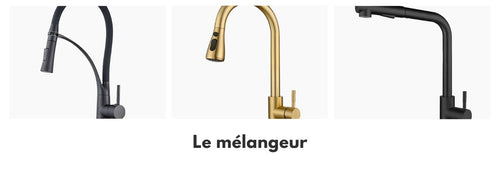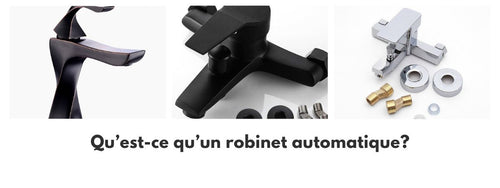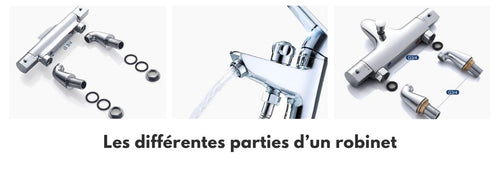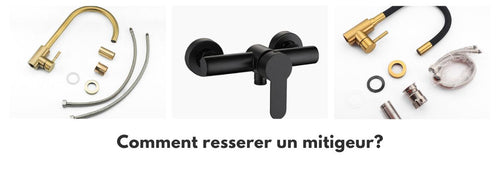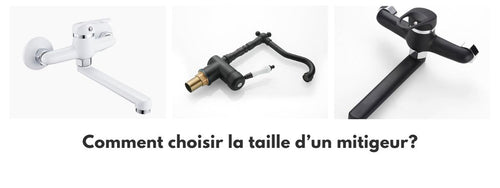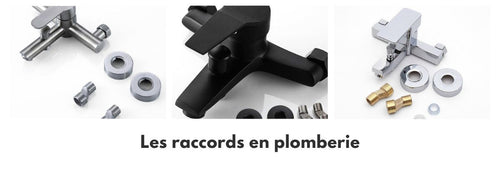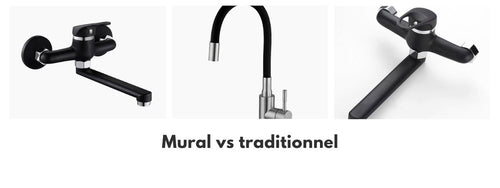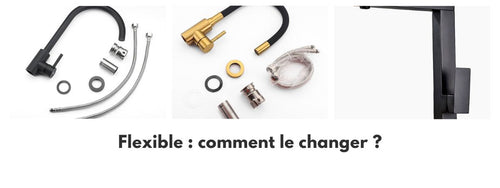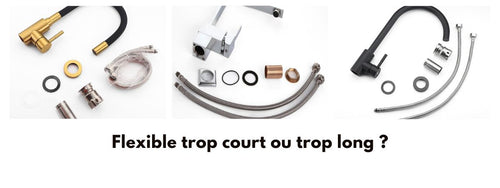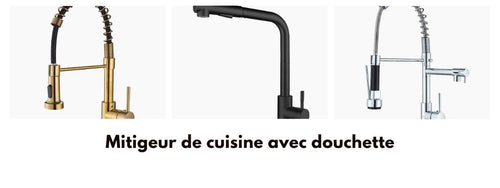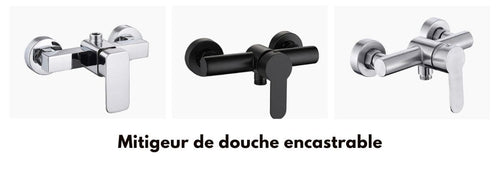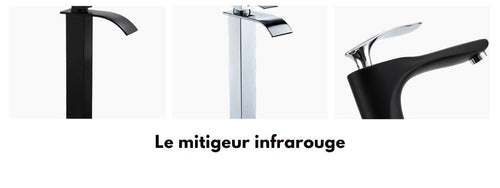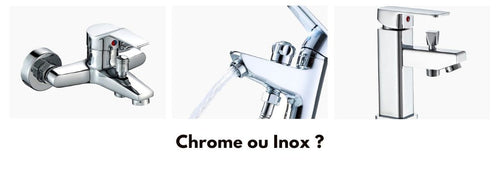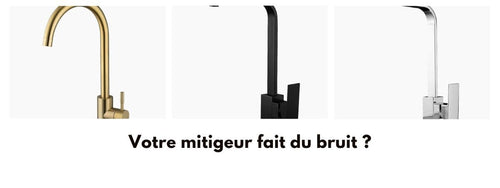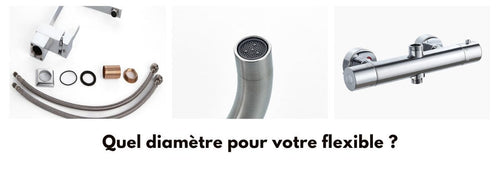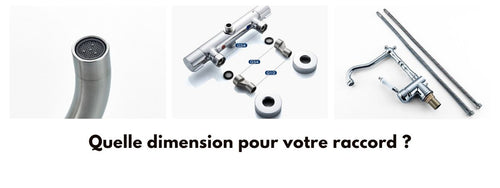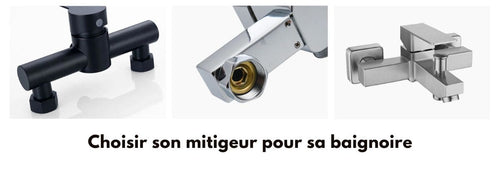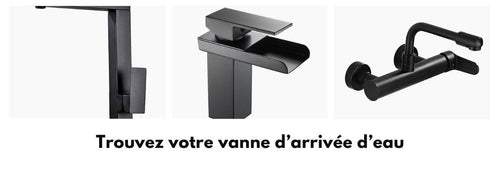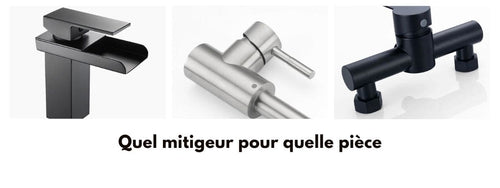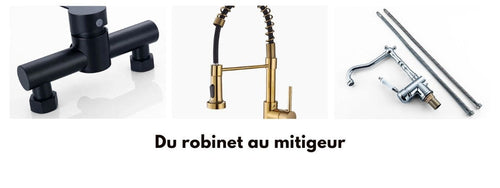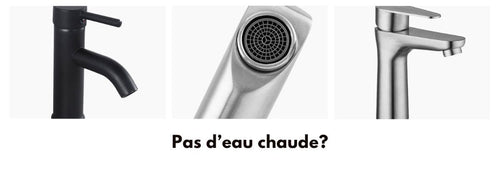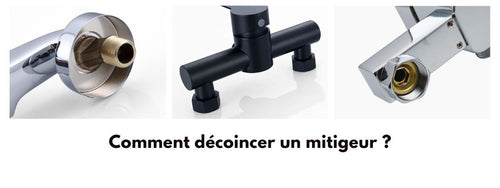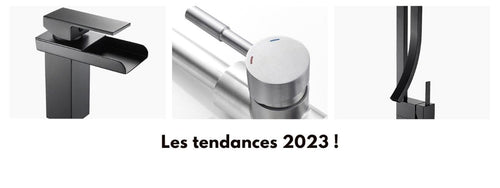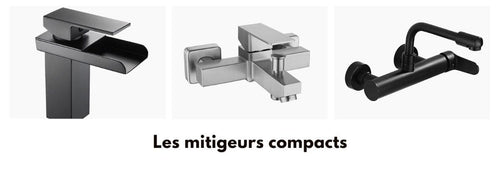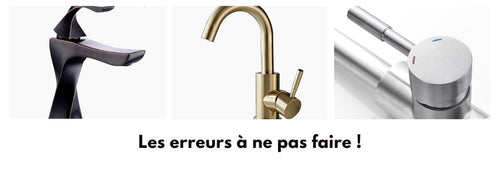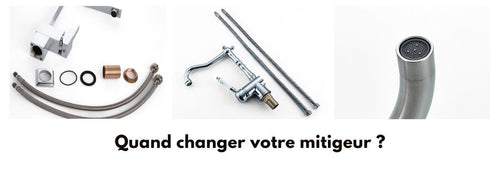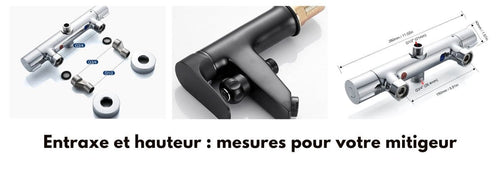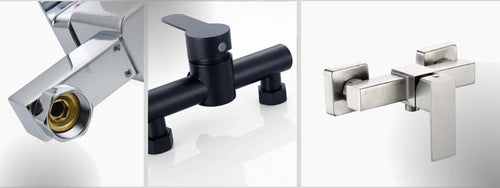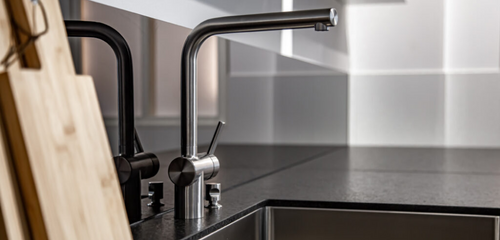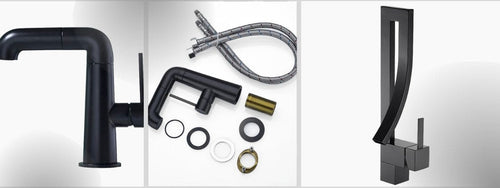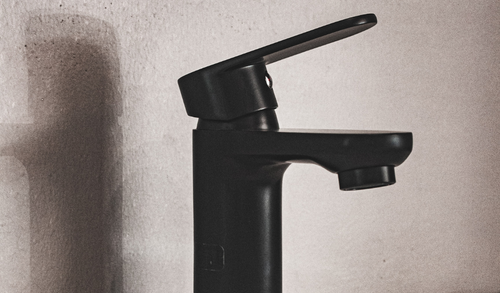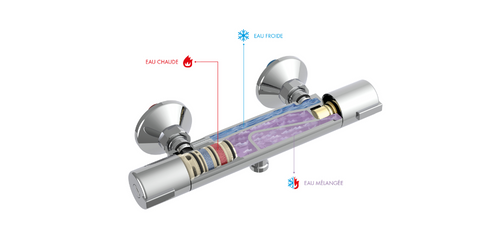In the kitchen or bathroom, the faucet hose is an essential element for ensuring efficient water supply. However, leaks can occur on this device, causing various inconveniences to the user. In this article, we will take an overview of the possible sources of these leaks and ways to resolve them.
What is a direct/indirect leak in the faucet hose?
A leak in the faucet hose corresponds to a water loss that generally occurs at the base of the hose or at the connection point with its accessories. There are two possible types of leaks:
- Direct leak: It is characterized by a continuous emission of water through a breach or a crack in the hose.
- Indirect leak: Water escapes from the faucet when it is closed and flows along the hose but is not visible to the naked eye.
To properly identify and repair these leaks, it is necessary to carefully examine the hose and understand the causes that can lead to these deteriorations.
Possible causes of leaks in the faucet hose
Material aging
Hose aging is one of the common explanations for these water leaks. Over time, the material (rubber or stainless steel) that makes up the hose can deteriorate due to repeated use. This can lead to the appearance of cracks on its surface or the degradation of its seals.
Poor quality of the hose
A cheap or poor-quality hose can also be responsible for leaks at the faucet. The less resistant material will tend to degrade more quickly and it will then be necessary to replace the defective hose with a higher-quality product.
Poor tightening or non-sealed connections
It is possible that the connections between the hose and the supply pipes are poorly tightened or defective. In this case, the sealing gasket no longer performs its role correctly, causing water leaks.
Damage caused during installation or previous repairs
Improper installation of the hose or lack of attention during previous repairs may be the cause of damage to the hose. Excessive tightening, repetitive bending, or accidental impacts during handling are all possible causes of deterioration.
How to repair a leak in the faucet hose?
After identifying the problem, several options are available to you to repair or resolve the leak in your faucet hose.
Tighten the connections
In the case of poorly tightened connections, it is sometimes sufficient to tighten them slightly using a suitable wrench, without forcing. Regular checking of the tightening is recommended to prevent leaks caused by unintentional loosening.
Check and replace the sealing gaskets
It is important to check the condition of the sealing gaskets at the ends of the hose. If they are damaged, they should be replaced quickly. It is strongly recommended to choose gaskets compatible with your equipment and to prefer quality products to ensure optimal durability and sealing.
Replace the defective hose
When the hose itself is responsible for the leak, due to its deterioration or poor initial quality, it is necessary to replace it. Make sure to choose a new, sturdy hose that is compatible with your installation before installing it correctly to avoid causing new leaks.
Preventing leaks to preserve your faucet hose
To avoid the inconveniences associated with leaks, a few tips can be followed to maintain and preserve your faucet hose:
- Ensure proper installation without forcing to avoid folds or connection problems.
- Regularly check the tightening of connections and the condition of the sealing gaskets, replacing them if necessary.
- Avoid excessive handling of the hose during cleaning or repairs around the faucet to prevent accidental damage.
- Choose quality materials, both for the choice of the hose and for the associated gaskets and accessories.
A leak in the faucet hose can be caused by several factors: aging, poor quality, inadequate tightening, or damage during handling. You will need to quickly identify the source of the leak in order to effectively resolve it and take care of your installation to prevent this type of inconvenience.


